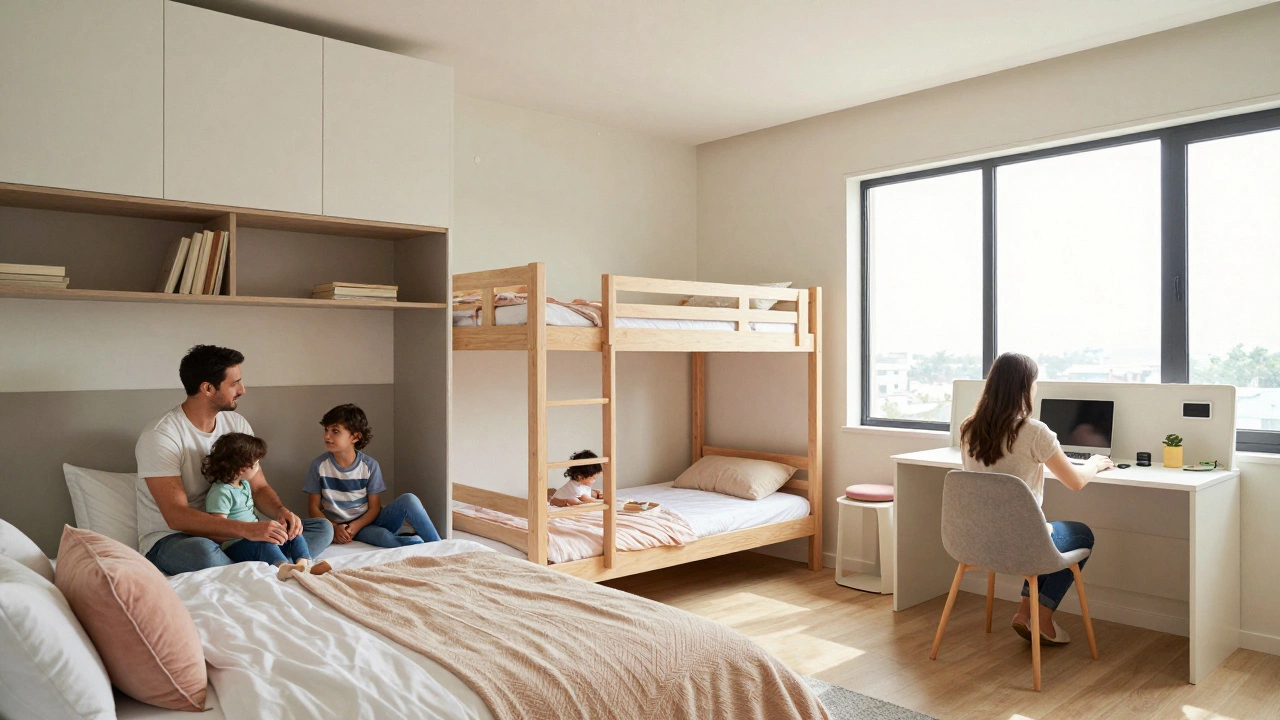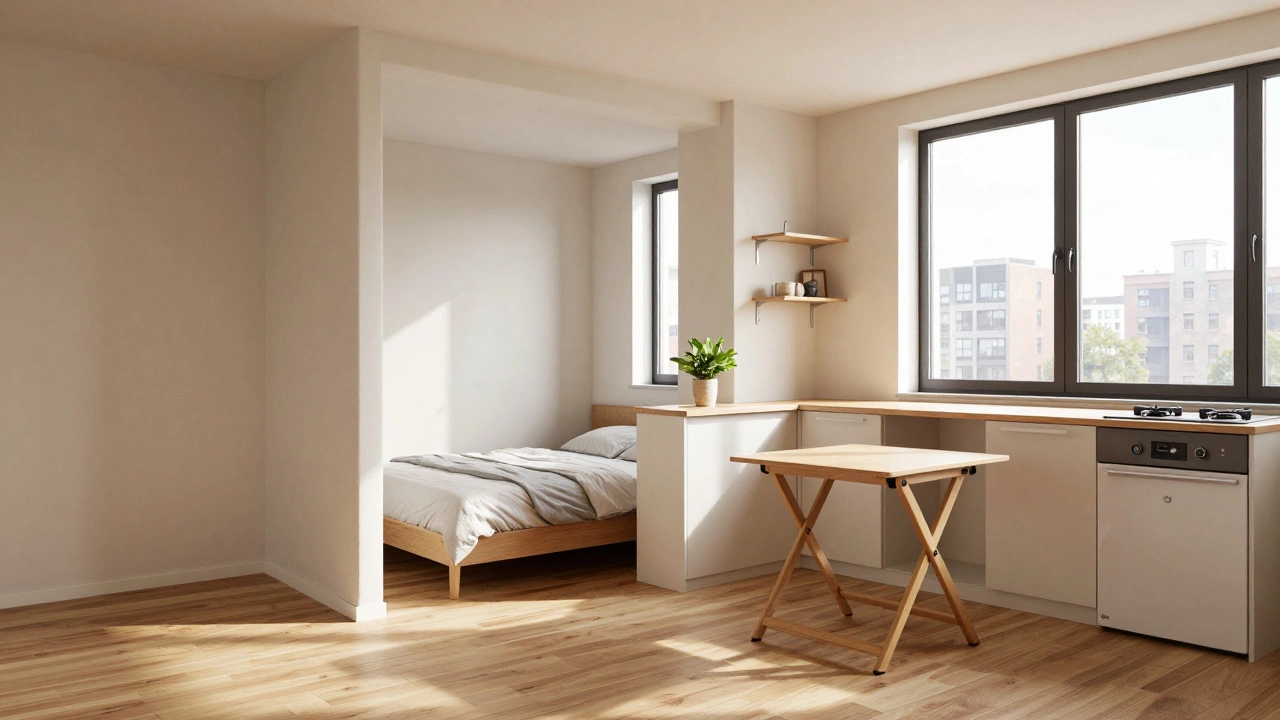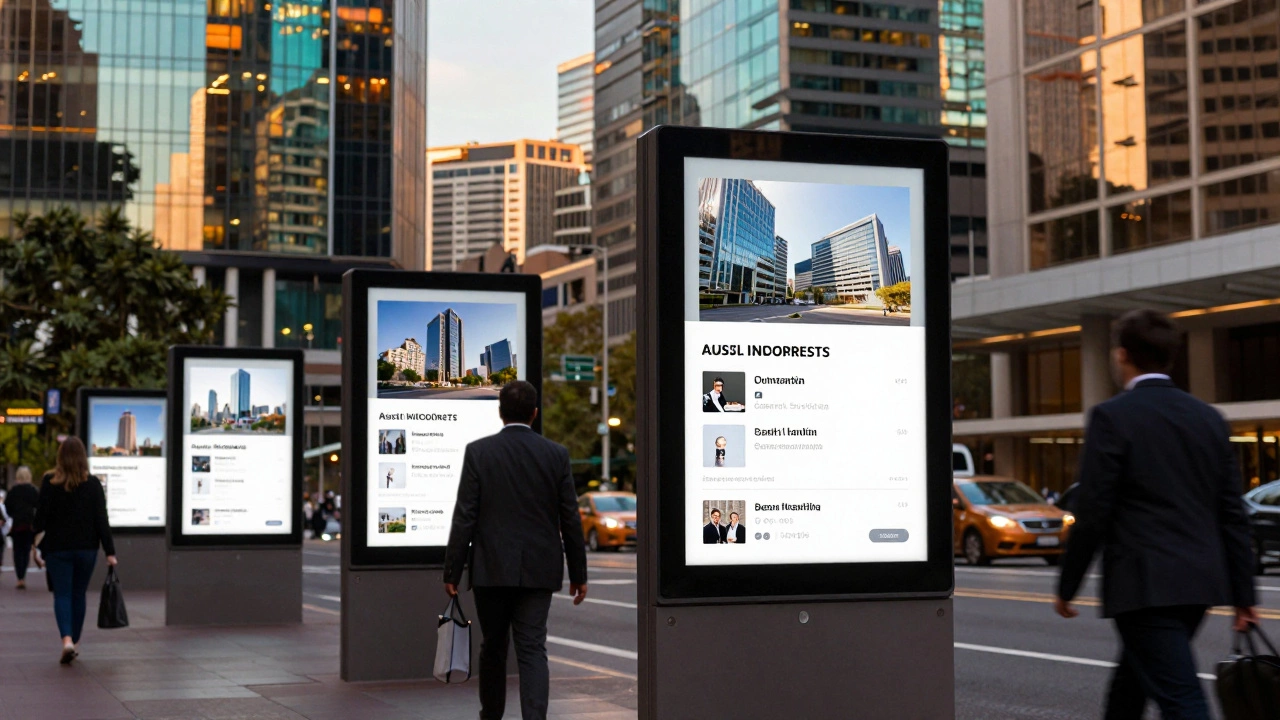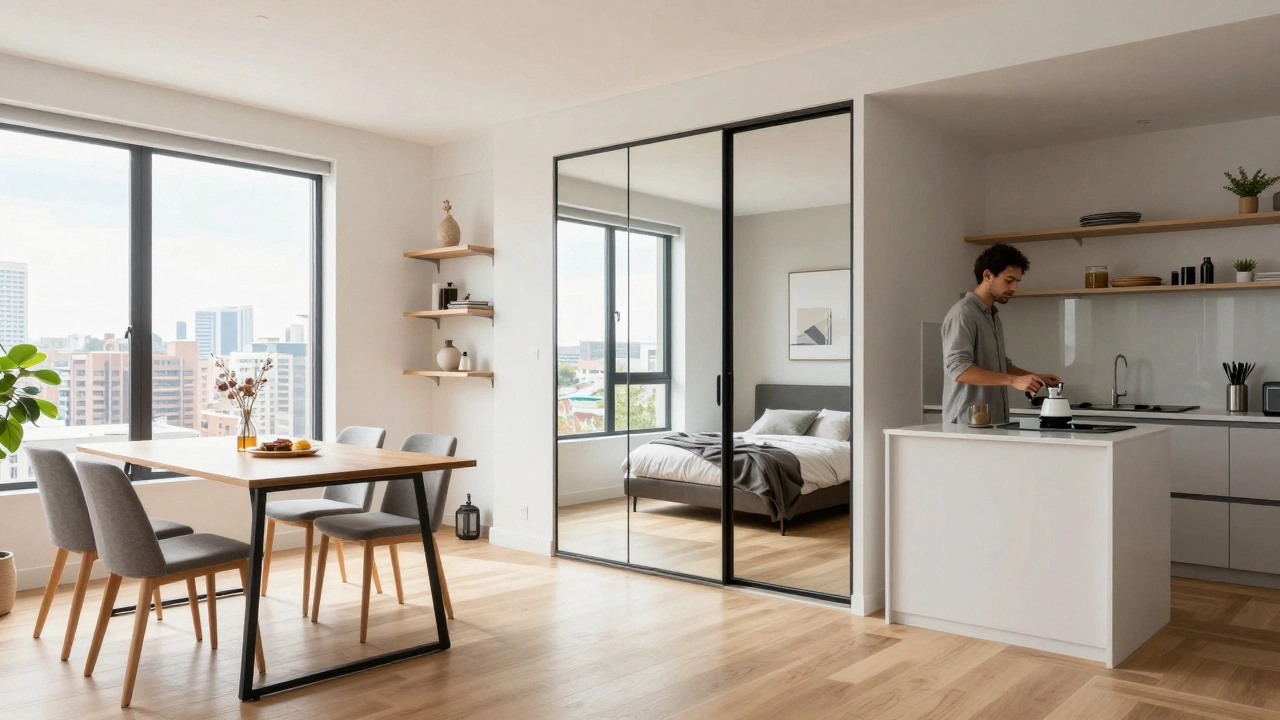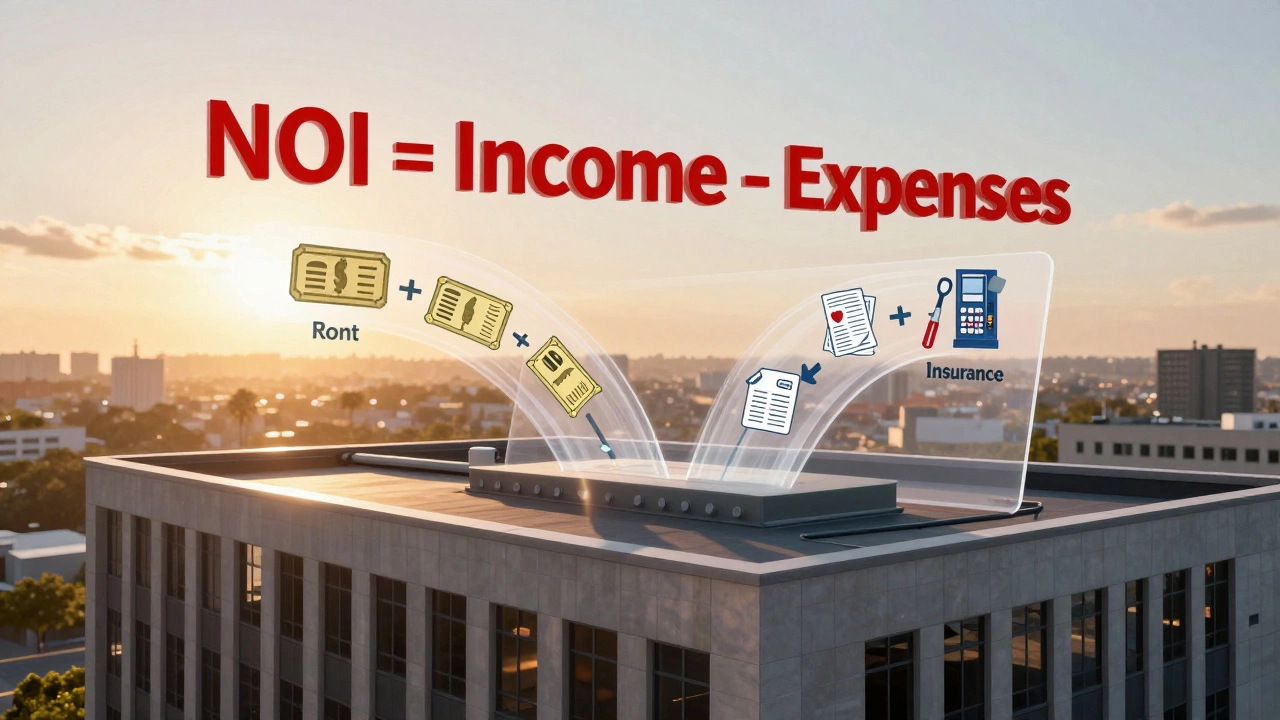Heard someone bragging about locking in a 7.5% cap rate on a deal? Before you get jealous or worried, let's get clear about what that number actually means for your wallet.
Cap rate—short for capitalization rate—is just a quick way to look at how much money a commercial property might make compared to its price. You take the annual net operating income the property kicks out and divide it by the price you’d pay for the building, then slap a percentage on it. For a lot of deal hunters, 7.5% sounds solid at first glance.
But here’s the thing: a good cap rate isn’t one-size-fits-all. It depends on the property type, location, condition, lease structure, and what the market is doing at the moment. You could see 7.5% in one city and think it’s a no-brainer, while in another place, it might set off alarm bells.
When I was browsing deals last month, I saw office properties in tier-2 cities with 8%+ cap rates, but the risk felt like trying to balance a plate of samosas with one hand—yes, tempting returns, but maybe you spill the chutney. It makes sense to dig deeper before calling any cap rate a “good” one.
- What Does a 7.5% Cap Rate Really Mean?
- How Market Trends Shape Cap Rates
- Comparing Local and National Averages
- Smart Tips for Evaluating Deals
What Does a 7.5% Cap Rate Really Mean?
So, you've heard about a property with a 7.5% cap rate, and you’re trying to figure out if that’s a win or not. Here’s what that number is actually telling you in plain English—it measures how much yearly return you’d get from a property if you bought it without a mortgage, based only on its net operating income (that’s your rental income minus property expenses, not counting your loan payments).
Say you find a small strip mall earning $75,000 per year after expenses. If someone lists it for $1 million, you’d be looking at a cap rate of 7.5%. (That’s $75,000 divided by $1,000,000.) This is a popular way for buyers and sellers to size up a property fast, but it’s not some magic number. Here’s why:
- A higher cap rate usually means higher risks—think about spots where vacancy rates are up, or the local economy’s unstable.
- A lower cap rate means you’re paying more for every dollar the property earns. You might see these in really hot locations, like city downtowns or well-kept malls, because demand is higher and risk is lower.
Here’s a quick look at how cap rates stack up across different property types as of 2024, so you have some context:
| Property Type | Typical Cap Rate (%) |
|---|---|
| Industrial | 5.5 - 7.5 |
| Retail | 6.5 - 8.0 |
| Office | 7.0 - 9.0 |
| Multifamily (Apartments) | 5.0 - 7.0 |
It's easy to just latch onto the cap rate and ignore everything else, but you’ve got to look at the whole picture—tenant quality, lease lengths, the area’s future, and whether you’ll need to put in a chunk of change for repairs.
If a deal seems too good to be true, like a high cap rate in a run-down neighborhood, it probably comes with more risk than you bargained for. Smart investors always ask: is this return worth the headache, or am I just chasing numbers?
How Market Trends Shape Cap Rates
If you’re trying to figure out if 7.5% hits the sweet spot, you need to pay attention to what’s happening in the market. Cap rates don’t just pop out of thin air—they shift with supply, demand, interest rates, and the overall mood about commercial real estate. When everyone’s scared or uncertain (like during the early pandemic days), cap rates usually go up, because buyers want a bigger buffer for risk. But when money is cheap and things look stable, cap rates get squeezed down because more people are chasing the same deals.
Interest rates are a big deal here. As of last year, the Indian Reserve Bank hiked up policy rates several times, taking the repo rate over 6.5%. That bumped up borrowing costs for investors, and pushed cap rates higher. Why? Because if you can earn more by parking your money somewhere “safe,” you expect a higher return (cap rate) when it comes to taking property risks.
To see how trends have moved, check out this quick snapshot from 2022 to 2025:
| Year | Average Commercial Cap Rate (India) | Repo Rate (%) |
|---|---|---|
| 2022 | 6.0% | 4.00 |
| 2023 | 6.7% | 6.25 |
| 2024 | 7.1% | 6.50 |
| 2025 (so far) | 7.5% | 6.50 |
See the pattern? As interest rates inched up, those average cap rates didn’t just tag along, they basically jogged ahead. Property types matter too. Retail malls, for example, saw higher cap rates than steady office buildings, because people worried about online shopping eating into their numbers.
- If banks start dropping rates, expect cap rates to fall, making property prices rise for the same rent stream.
- If there’s a flood of new properties or tenants start shutting down shop, cap rates will jump since buyers want a discount for those extra risks.
- Economic shocks or changes in policies (think GST tweaks or FDI rules) can quickly push cap rates up or down.
Bottom line: the cap rate you see today is really a snapshot of what’s happening in the market right now, not a fixed rule. Always check what’s moving the needle before you decide if a deal looks tasty or toxic.

Comparing Local and National Averages
Don’t let that 7.5% cap rate number fool you. Whether it’s good or not totally depends on what’s happening both locally and across the country. If you look at the latest CBRE real estate report from early 2025, most retail and industrial cap rates nationally are floating between 5.75% and 6.75%. Office buildings are getting hit harder—especially older ones—and their cap rates sometimes stretch up to 8% or higher because demand just isn’t there like it used to be.
Markets like Mumbai and Bengaluru saw average cap rates for quality warehouses hovering around 7%, while smaller cities like Kochi or Jaipur had rates closer to 8% for similar assets. It’s kind of wild, but what’s considered “prime” in one area might be risky somewhere else. Even within the same city, a main-road retail building next to a metro station will usually trade at a lower cap rate than a property five kilometers away on a sleepy street.
The Real Estate Investment Network spelled it out pretty well last year:
“A cap rate should be analyzed in context. Investors should benchmark locally, not just nationally, to understand the expected returns and risks for each property type.”
This means it’s worth comparing your 7.5% number to recent deals in your area. How does it stack up against the average for similar properties nearby? If most decent deals close at 6% in your city, then 7.5% could mean either you’re onto a hidden gem—or taking on a hidden headache. On the flip side, if local average cap rates are higher, then 7.5% might actually be a bit low, but safer.
Here’s what I check before making a move:
- Recent sale prices and cap rates for comparable local properties.
- Current market trends—are cap rates going up or down? Any big developments planned nearby?
- Difference in cap rates for stable, leased properties vs ones with management headaches or empty units.
At the end of the day, that 7.5% figure only makes sense when you look at it next to other real numbers, not just headlines from real estate news feeds. You’ve got to dig in to make sure you’re comparing apples to apples, not mangoes to oranges.
Smart Tips for Evaluating Deals
If you see a cap rate that looks great on paper, you still need to dig deeper before you sign anything. Not all 7.5% cap rates mean you’re hitting a jackpot. Sometimes, there’s a reason the return looks juicy—could be extra risk hiding under the hood.
Start by double-checking how the seller calculated net operating income (NOI). Some folks get creative by leaving out big-ticket expenses like repairs, vacancy time, or management costs. If those numbers don’t look right, your real return won’t match the advertised cap rate.
- Take a close look at lease terms: Long leases with solid tenants are a safer bet. Month-to-month tenants can mean higher turnover and more headaches.
- Research the area: Is demand strong, or are other properties sitting empty? Vacancy rates for commercial property differ wildly by city. According to CBRE, in Q1 2025, the national average office vacancy rate was 18.5%, but some growing cities had under 10% while struggling ones spiked over 25%.
- Know your property type: Retail, office, industrial, and multifamily all have different risk-reward profiles. A 7.5% cap rate for a small town strip mall is not the same as 7.5% for a warehouse in a port city.
It pays to ask what’s normal for the area. Here’s a quick breakdown showing typical cap rates by property type across India as of early 2025 (from JLL and Colliers reports):
| Property Type | Average Cap Rate |
|---|---|
| Office (Prime City) | 6.0% - 7.0% |
| Retail (High Street) | 7.0% - 8.0% |
| Industrial/Warehouse | 7.5% - 8.5% |
| Hospitality | 8.5% - 9.5% |
Always run a sensitivity analysis—basically, what happens if your numbers don’t turn out as rosy as you’d hoped? Try lowering annual rent growth, bumping up vacancy, or plugging in higher expenses. If the deal still makes sense after those tweaks, you’re on firmer ground.
And don’t ignore your gut. Sometimes, if something looks way better than average for the area, there’s a catch—maybe it’s a problem tenant or the property’s due for an expensive facelift. If you’re new to commercial property, it’s worth talking with someone who’s already made a few mistakes (so you don’t have to make them yourself).

